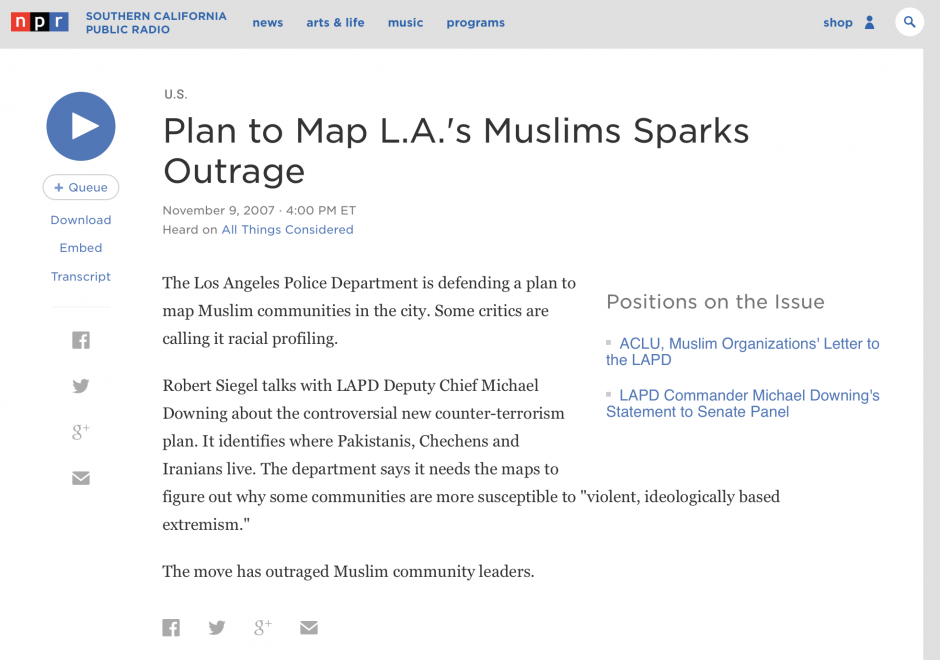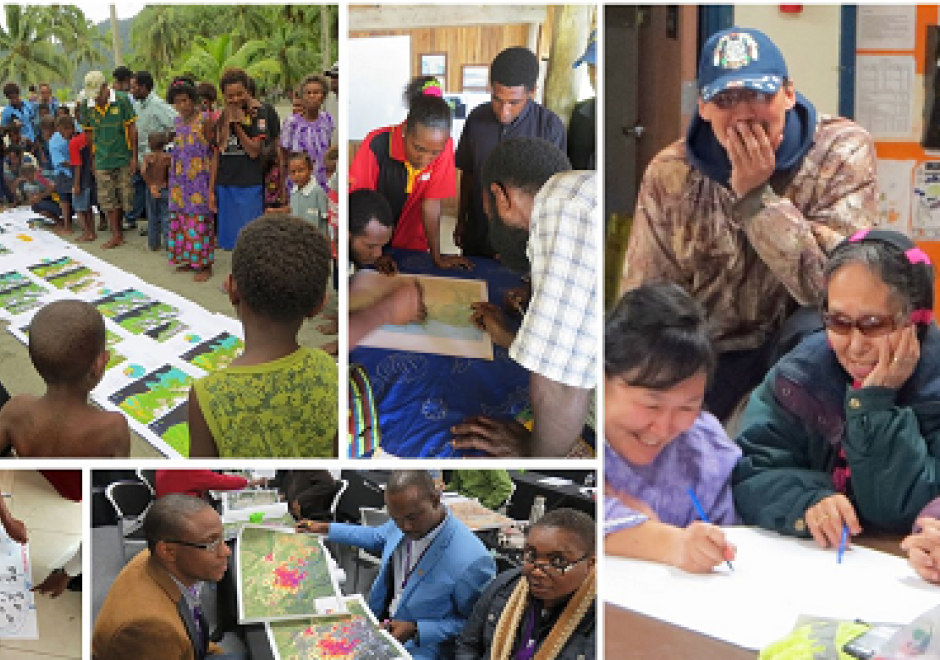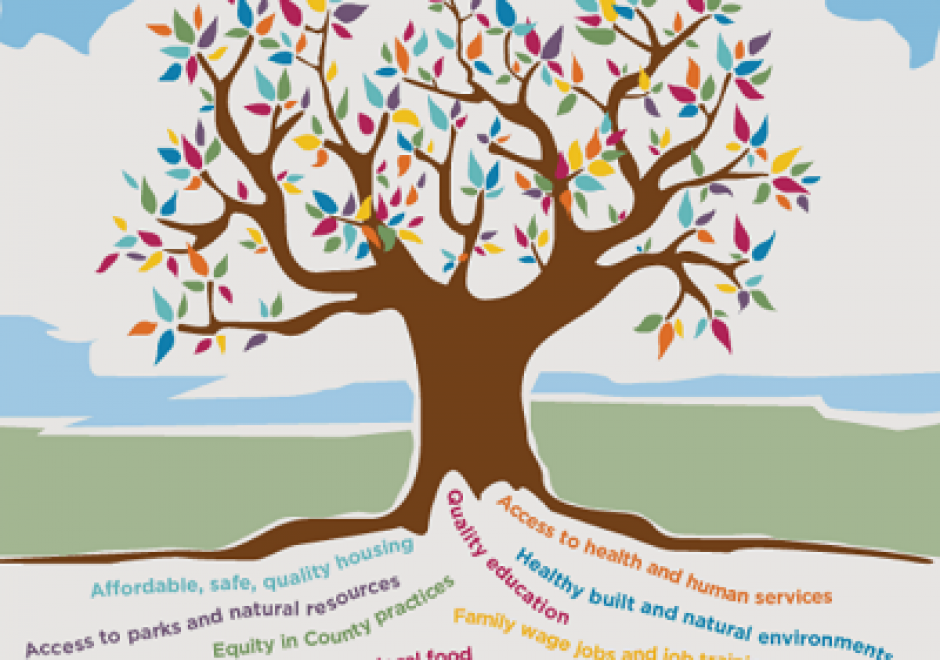GS-11 - Professional and Practical Ethics of GIS&T

Geospatial technologies are often and rightly described as “powerful.” With power comes the ability to cause harm – intentionally or unintentionally - as well as to do good. In the context of GIS&T, Practical Ethics is the set of knowledge, skills and abilities needed to make reasoned decisions in light of the risks posed by geospatial technologies and methods in a wide variety of use cases. Ethics have been considered from different viewpoints in the GIS&T field. A practitioner's perspective may be based on a combination of "ordinary morality," institutional ethics policies, and professional ethics codes. By contrast, an academic scholar's perspective may be grounded in social or critical theory. What these perspectives have in common is reliance on reason to respond with integrity to ethical challenges. This entry focuses on the special obligations of GIS professionals, and on a method that educators can use to help students develop moral reasoning skills that GIS professionals need. The important related issues of Critical GIS and Spatial Law and Policy are to be considered elsewhere.





GS-12 - Ethics for Certified Geospatial Professionals
This entry discusses ethics for certified geospatial professional, focusing on the Codes of Ethics for the American Society for Photogrammetry and Remote Sensing (ASPRS) and the GIS Certification Institute (GISCI). The entry begins by defining and discussing ethics, while providing some history of the evolution of ethics in the GIS community. It then compares and contrasts the ethical guidelines of GISCI and ASPRS, including sanctions that may be imposed upon individuals who have violated their codes of ethics. The entry concludes with a discussion of how certified professionals may address situations in which their codes of ethics may conflict with their employers’ proprietary interests.